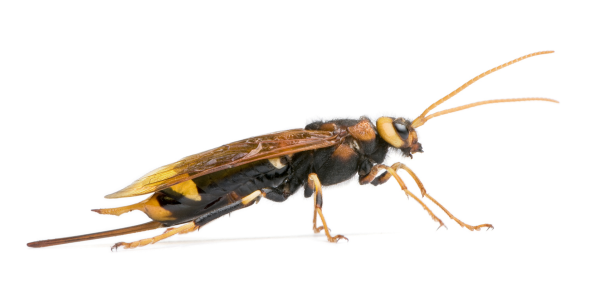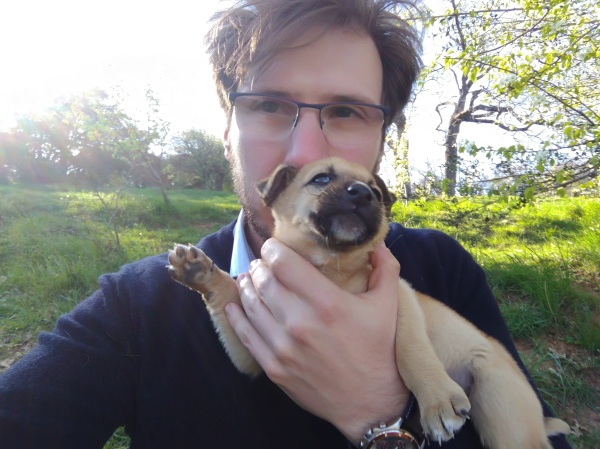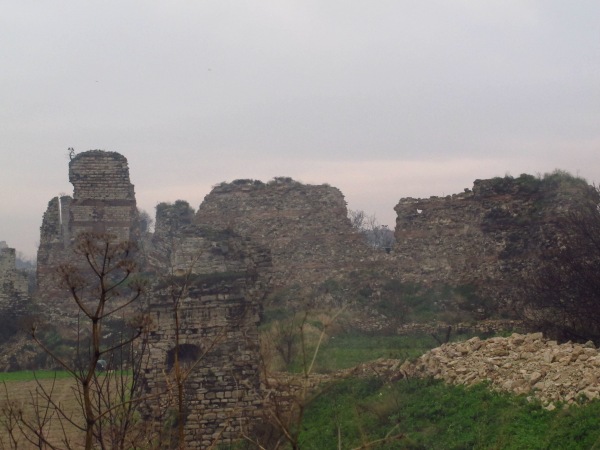Today, at roughly 18:00 GMT -5, in the little hamlet of Muncie, Indiana, in the small 1/4 acre backyard of a pseudo middle-class family, two boys found some stuff.
I wanted to share some pictures (below) of the cool wasp larvae we found while splitting some wood which had been left to enbugafy for a winter or more. I have seen several large 2-3 cm long wasps flitting around the yard. I conducted an “internet search” on “Google” and found that there is a whole class of wasps, called “Wood Wasps” also known as “horntails.”
This second name is given to the wasp due to the “horn” or ovipositor organ which projects from ther abdomen. Like all wasps they use this ovipositor to deposit their eggs onto (or often into) their prey.
The life cyle works as follows: an adult wasp comes and lays eggs in wood such as logs or your house (Amerikalılar, evlerini ölü ağaçlardan inşa ediyorlar). Then when the eggs hatch an ant-like grub chews a tunnel into the wood, or your house. Some of these grubs get eaten by woodpeckers who, hearing their chewing sounds, come in, bore a bigger hole and pull out the tasty larvum/grub. Eventurally, the grubs who survive grow up, become adult wasps, have sex, and then the female finds new pieces of wood, or your house and lay eggs into it, thereby starting the cycle again.
Here is a chart I made to explain the lifecyle.

As you can see from the above chart, these wasps, are bad-news bears if your house has wood siding. If your house has brick siding, or is made of concrete like in most uncivilized countries, or is a cave (the Frech do this), then your house is impervious to the Wood Wasp, but subject to attack by earthquakes.
But you clicked for the shocking images of what we found inside the log. Here, without further ado, are images from our grub/wasp discovery adventure time!
Here is a picture of a hole in our house made by a woodpecker, likely a Hairy Woodpecker (Picoides villosus). My brother tells me that the woodpecker would wake him every morning with his constant, tapping, rapping at the siding outdoors. His solution? Throwing books at the wall.



















![P_20170402_145304_vHDR_On[1] P_20170402_145304_vHDR_On[1]](https://orangestastegood.files.wordpress.com/2017/04/p_20170402_145304_vhdr_on1.jpg?w=364&resize=364%2C205&h=205#038;h=205)














